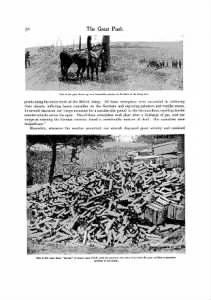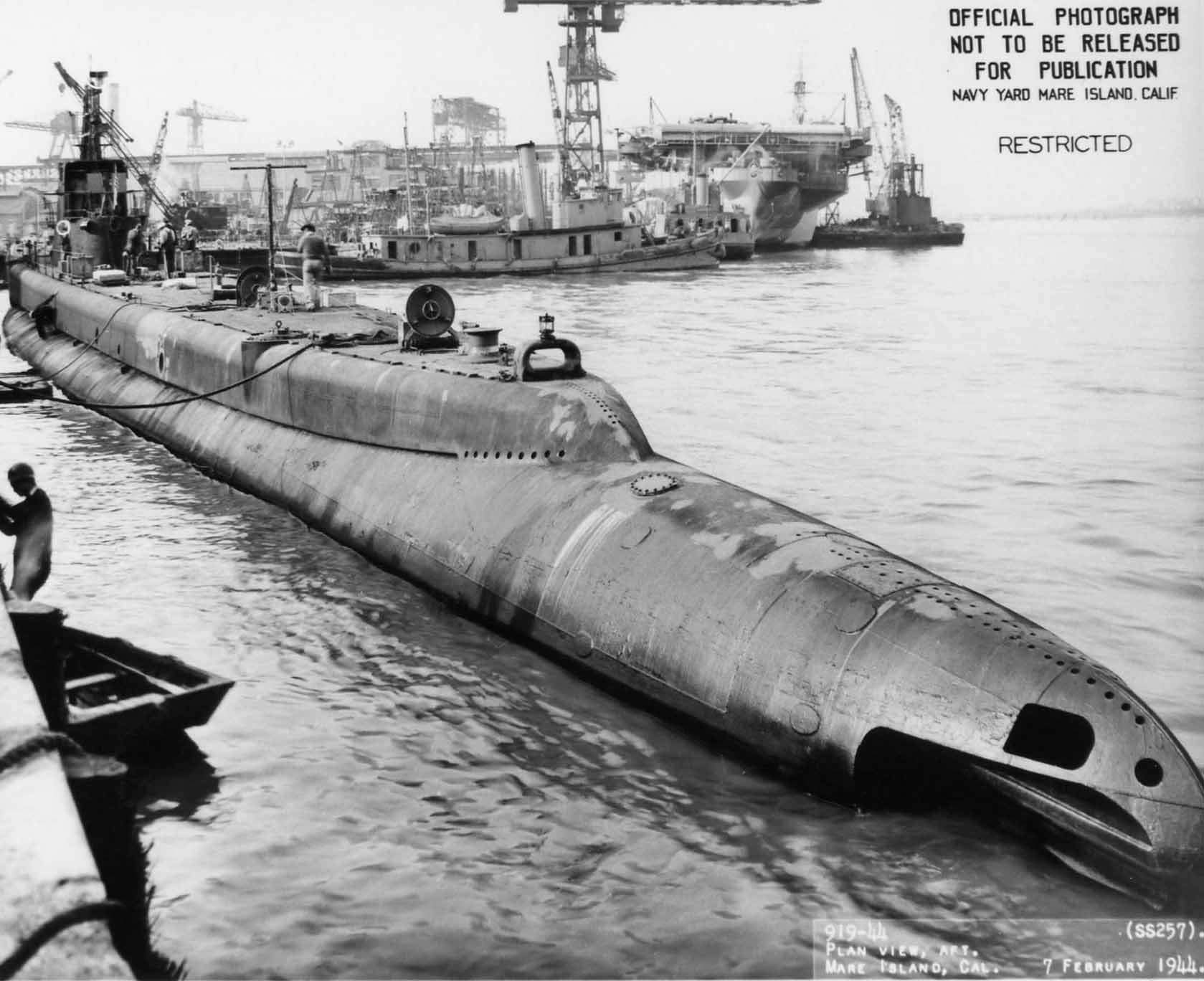
On December 6-8, 1915, the Allies met in France for the Second Chantilly Conference, which would lay the groundwork for World War I’s Battle of the Somme, a 4 ½-month-long battle in France that would prove to be one of the war’s bloodiest.

At the Second Chantilly Conference, held in early December 1915, the Allies agreed to coordinate simultaneous offensives to exhaust German resources and manpower. As part of this, the British and French agreed to a joint French-led offensive on the Somme River for the summer of 1916. But the Germans attacked the French at Verdun in February, forcing the British to shoulder the bulk of the planned Somme offensive, which developed the subsidiary purpose of relieving pressure on the French at Verdun.
The Somme offensive, stretching along a front 25 miles long, began with artillery barrages on June 24 that lasted a week. The plan was to so overwhelm the Germans with the bombardment that the infantry would have a relatively easy time. However, the bombardment was largely ineffective, which meant that when the infantry climbed out of the trenches on July 1 and crossed into No Man’s Land, they were cut down by German machine guns and artillery. It was the single bloodiest day in British army history, with nearly 60,000 British casualties, a third of them killed.
While there was some success in breaking though the German front line along the southern part of the front on that first day of the battle, there was no real progress along the majority of the line. The Battle of the Somme would last for 4 ½ months, with periods of renewed fighting. One of the most notable of these was the Battle of Flers-Courcelette, the first time tanks were used in battle.
By the time the Battle of the Somme finally ended in November with inconclusive results, both sides had sustained high casualties, with more than a million total killed, wounded, captured, or missing, making it one of the bloodiest battles of the war.
Do you have family members who fought in the Battle of the Somme? Tell us about them! Or learn more about the battle and the men who fought in it on Fold3. You can even find entire books about the battle in Fold3’s Military Books collection, including titles such as Sir Douglas Haig’s Great Push or The Somme, as well as some unit-specific titles that discuss the battle, including The 13th Battalion Royal Highlanders of Canada or Experiences of the IV. German Corps in the Battle of the Somme during July 1916—and more!





My 2nd great uncle Ernest Charles Beaumont born 9 March 1887 in Coventry Warwickshire England son of William Beaumont and Emma Beaumont (nee Rhodes). Ernest was in the 1st/7th Bn Royal Warwickshire Regiment, regimental number 4544. He died in action on 19 July 1916 in France. He is buried at Bapaume Post Military Cemetary in France. This is all we know about Ernest. We do not have any family photos of him but we do have a small picture of him copied from the roll of honor book.
Thank you. Regards. Amanda Higginson
The following is a memorial for my great grandfather:
JOHN FRANCIS ROBERTS (1876-1916) Private 4243, 3rd Battalion, London Regiment (Royal Fusiliers). Enlisted at age 38 at Mile End in 1914 as a wartime volunteer. After training and service at home with a reserve battalion of this regiment, he and his regiment left England in June of 1915 and was posted to and served at Loos, France in early 1916, where he joined the 1/3 rd Battalion London Regiment, part of the 56 th (London) Division and then on to The Somme Front. Born in and life-long resident of St. Albans, John Francis Roberts was killed in action at age 40 on that fateful First Day of the Battle of the Somme, 1st July 1916, during the 1st Objective of the infamous Gommecourt Diversion.
John Francis Roberts served as postman for the St. Albans Post Office prior to enlistment. After enlisting, he moved his family from St. Albans to Kilburn so they could be together while he served at home prior to his deployment.
Well done, Sherry. Your great grandfather was a loyal Englishman involved in an insane and brutal conflict.
Thoughts to all those who served, suffered and gave their all, so we could have our today.
My Great Grandfather, Corporal 1017, Hurtle Samuel Walker, served in the 10th Australian Infantry Battalion, joined on the 31/8/1914.
Landed on the Gallipoli Peninsula on the 25/4/1915, fought at Lone Pine and finally was evacuated with all other Allies on the 20/12/1915.
After this he served in the Somme offensive, battle of Pozieres and Mouquet Farm.
He was reported MIA, presumed dead, the family in Australia received notice from the war office that he was killed in action.
However, thankfully he was shot, wounded and taken prisoner by the Germans during the Pozieres battle and served as a POW for the remainder of the war.
Apparently he spoke highly of the German doctors who looked after his wounds.
After the war ended, somehow, he and 3 other Australian POW’s were forgotten about in the prison and when finally released, transferred to England, and had an Audience with the King at Buckingham Palace before returning home to Australia.
My father’s brother, (first name unknown), surname Carr, aged about 14, lied about his age and was bayonetted to death, in 1916 probably in the Somme.
My grandmother, who was a school-teacher, somewhere near, or East-of, Tower Hamlets in London, received a letter from a Nurse at the Field Hospital, where her son died of his wounds, excoriating my grandmother for allowing my father’s under-age brother to join up.
I don’t know his Regiment, but he must have been a “Private”.
Can anyone help ID his Regiment?
what was your Fathers name and when was he born and died and His parents names
He will have been in the 1911 census & poss 1901 census. He is likely to be living with his family in Tower Hamlets area so start searching in this area for the family – it shouldn’t be much problem
Woodrow Wilson got the USA into a war that was largely won by june 1918 when Americans finally sent troops into battle, in the next 4 months OVER 100l000 American live were lost with 10 times that in wounded–and the silent wound PTSD (shell shock) that lasted many a life time. My Uncle had to get the Canadian Army provide hospitalization,the USA wouldn’t, and he was drafted into the US Army..
No war since WW2 has been a necessary war–stop the madness.
the Korean War 1950 to 1953 stopped communist aggression throughout the world. Up to that time country after country was taken over by communism
Stephen M. Schwab
First Lieutenant, U.S. Army
107th Infantry Regiment, 27th Division
Entered the Service from: New York
Died: September 29, 1918
Buried at: Plot A Row 28 Grave 9
Somme American Cemetery
Bony, France
My Uncle:
Born June 1893. His brother, Laurence served in the US navy as a Lt. He died in 1978. Their step-father, John A MacIsaac was a Lt Cmdr physician. Lt Cmdr MacIsaac was born in Canada. I do not know if he served in the Canadian navy or the US navy. He died after 1930, probably in New York where he had a medical practice.
My uncle, Albert Russell, served in France, stationed in Brest, with the U.S. Marine Band. He was 17 and living in Licking County when he was enlisted in Ohio and was a drummer & played horn. He received shrapnel wounds but his military record did not mention wounds. He was hospitalized twice in the flu epidemic of 1917 & 1918.
My grandfather Lt.-Col. Henry Montfort Gardner, as Commanding Officer of the Lincolnshire Battalion, was engaged on June 7, 1915 in digging a new trench in No Man’s Land at Bienvillers, Pas-de-Calais, in preparation for the Battle of the Somme which would begin July 1. He was wounded in action under heavy shrapnel and blinded. He came home to England and survived until he finally died 28 Oct. 1918, of pneumonia.
Correction: 1916.
Consider the casualties of this battle and compare them to US public reaction to 4 or 5 thousand dead in Iraq and Afghanistan over a 10 year period. We would undoubtedly have been out of the war at month 2.
Having served in Vietnam 65/66 I know how insane our war engagements often turn out.
Iraq and Afgan losses have tested the American will to send troops into battle.
My message for those whose fathers fought in ww1 are the famous lines written by someone in the ‘forgotten (Indian) army’ left in Burma to fight the Japanese after ww2 in Europe was over
“When you go home tell them of us and say for your tomorrow we gave our today.”
Thank you to those who gave their lives for our today
My namesake died going over the top on Sept 24th, 1916. He was J B Fox of the Royal Canadian Regt, and hailed from Cumberland County, Nova Scotia. He was just 22, 3 mos, and 9 days. I was named after him as I was born on what would have been his 60th birthday.
It may be surprising for a lot of people to know that some of the railway track used to ferry troops and equipment up to the front in the Somme is still in use today.
The Wells and Walsingham Light Railway in Wells on Sea in Norfolk, England is 4 miles long and runs passengers from Wells to Walsingham on 10.25 inch gauge steam and diesel railway. About 70% of the track is said to have been used in the Somme in the Great War. Although 100 years old the track is still cared for and cherished as an important part of our heritage.